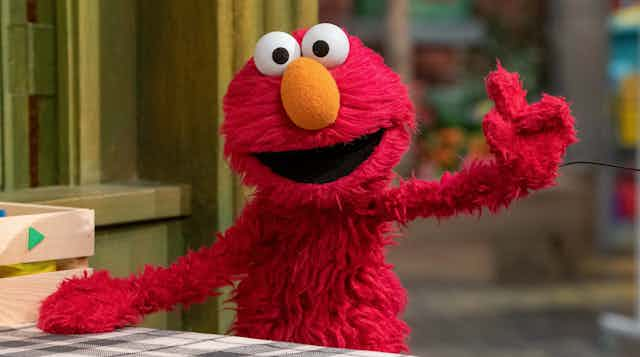Sesame Street’s Elmo recently checked in with users on X, asking: “How is everybody doing?” The post quickly went viral, with users sharing their personal issues ranging from stresses at work, the cost-of-living crisis to family problems. The post was also published at the end of January, which was Mental Wellness Month.
Elmo’s post garnered over 200 million views, 18,000 replies and has been reposted by users over 58,000 times. Many users used memes and other visuals to add extra layers of comedy and sarcasm in their replies to Elmo.
Numerous celebrities, brands and public figures engaged with Elmo’s post. It also captured the attention of news media, with outlets like the New York Times reporting on the story.
The Detroit Free Press commiserated over the Lions’s NFL post-season loss, and U.S. President Joe Biden joined the online conversation to share mental health resources.
Elmo’s post went viral because the character registers with platform users due to the power of Sesame Street as an iconic brand in popular culture.
The virality of Elmo’s X post showcases how fictional characters are turning into influencers. With a social media presence, characters like Elmo are well-suited to produce a viral, meme-fuelled moment that captures public attention.
Read more: Barbie isn't just a movie star now — she's also a virtual social media influencer
An iconic brand
Elmo and Sesame Street are examples of what cultural branding and marketing expert Douglas Holt refers to as “iconic brands.” These are companies that are cherished as major cultural symbols. They become iconic because we can connect on a personal level with them. They represent myths that help us construct our identities.
Since debuting in 1969, Sesame Street has grown into a major iconic brand. The show, along with its characters, merchandise, storybooks, video games, and now social media accounts, are woven into the everyday lives of many individuals. I myself learned to read with the Sesame Street storybook, Don’t Cry, Big Bird.
In particular, Elmo has a special status as a cultural icon. He has appeared on television programs and starred in movies. During the late 1990s, the release of the plush Tickle Me Elmo toy became a cultural phenomenon. The 2011 documentary, Being Elmo: A Puppeteer’s Journey, highlighted the joy Elmo brought to terminally ill children.
All of these examples highlight Elmo and Sesame Street’s iconic brand that clearly still registers with social media users.
Elmo’s brand on social media
Holt explains that in order for a brand to remain iconic, they need constant upkeep. Characters and brands like Elmo and Sesame Street now require a social media presence.
Elmo is not the only Sesame Street character to have an X account. Oscar the Grouch, Big Bird and Cookie Monster are just some of the other characters joining Elmo on X.
Elmo and his Sesame Street friends represent a growing trend of fictional characters being given human characteristics through social media accounts in a way similar to virtual influencers.
Like all fictional characters, Elmo’s X account is, of course, organized by a social media manager. But Elmo’s X account further grows his iconic personality, allowing the public to connect with him in new and unique ways.
This is the labour that iconic brands require to remain relevant in popular culture.
Memes and branding
Iconic brands also require the participation of the public as part of their maintenance. The viral sensation of Elmo’s post demonstrates the power of memetics, a concept that explains how memes are created and why they circulate across social media. Memes are a powerful and very important tool of communication for internet users.
Memes give users a visual language that is easily relatable and replicated. This is why Elmo’s post incited platform users to reply to him with personal confessions about their well-being in the form of humour, satire and comedy.
Read more: Impersonation and parody: Shitposters satirically mock Elon Musk’s chaotic Twitter takeover
The virality of Elmo’s post would not have happened if the public did not relate to him and Sesame Street as an iconic brand.
Elmo’s social media accounts ultimately serve as digital marketing for Sesame Street — his current X header photo, for instance, promotes Sesame Street’s program on HBO. Brands are always trying to develop new ways of promoting their product to audiences as part of their upkeep.
In Elmo’s case, iconicity, memetics and influencer culture merged to create a truly viral post.

